After receiving my microscope all the way from India, I mounted it in one of our spare rooms on my formely computer desk. It was quite easy and fast to assemble. Few memory refresh was needed to recognise all the parts and what they were for but it was all good.
I decided to involve Thien-San, my 5 year old boy, by having him check at leaves and then compost tea micro-organisms. Underneath are photos of my boy, a sick leave, a club moss and a springtail:
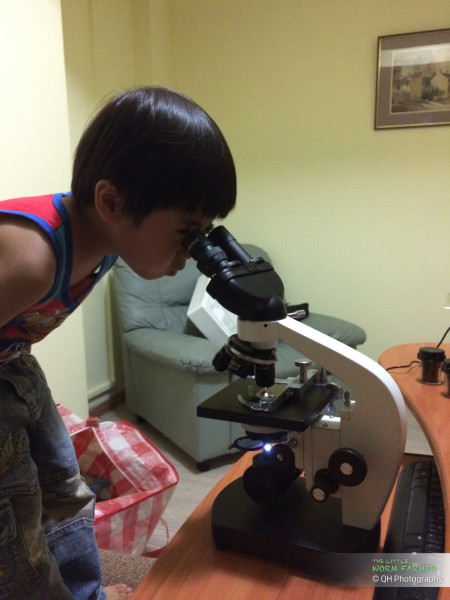
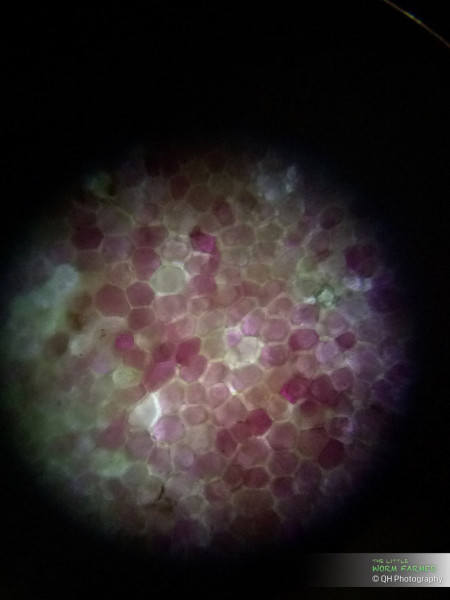
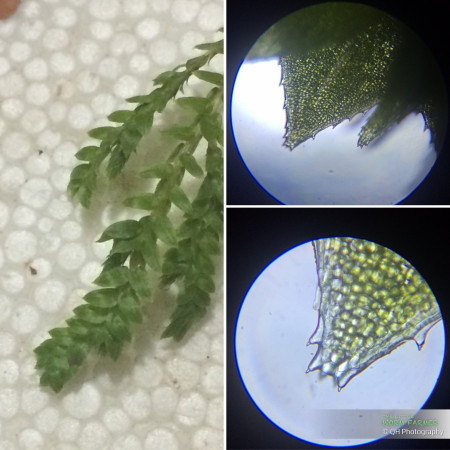
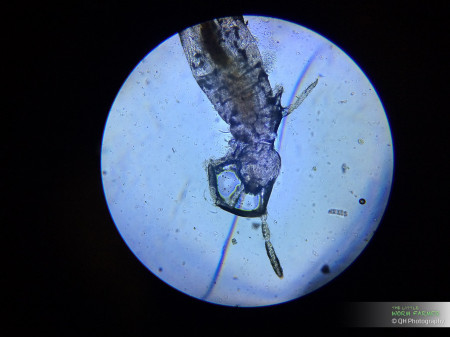
As I went along I wanted to record more photos and videos but the microscope camera that came with the product did not work on my Mac so I decided to try placing my iPhone on the eye piece and it worked, I just needed to keep it a bit away from the eyepiece. That was getting impractical so I cut off a piece of styrofoam and drilled holes in it. A couple of rubberband later and there we are:
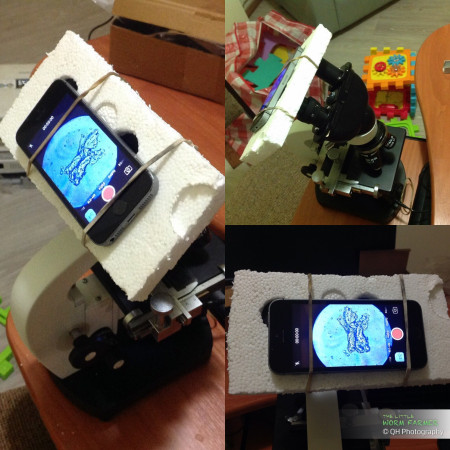
I can now record but also use the iPhone as an LCD viewfinder.
Below are three videos from my firsts assay of the AACT brew and some findings. Thanks to Heather R. and Nina F. from the Worm Farming Alliance I got to realisation that something might wrong with my brewer as I was getting a lot of ciliated protozoa (organisms with hairs around them helping them move). Although protozoa are wanted and were boosted by the recipe I was using, I was more expecting flagellates (hair on the end instead of all around) not ciliates. It turns out that my PVC diffuser was not throroughly clean and was ground for anaerobic bacteria breeding. I keep being impressed at the membership of the WFA, there is so much skills and knowledge to be learned from this group.
For the next AACT microbiology assay, I will make sure all is properly clean from the start so I can get some proper assessment of my compost tea.
Posted
in
A day in a worm farm, Microscopy in worm farming on Nov 29, 2016
by Quoc-Huy Nguyen Dinh
